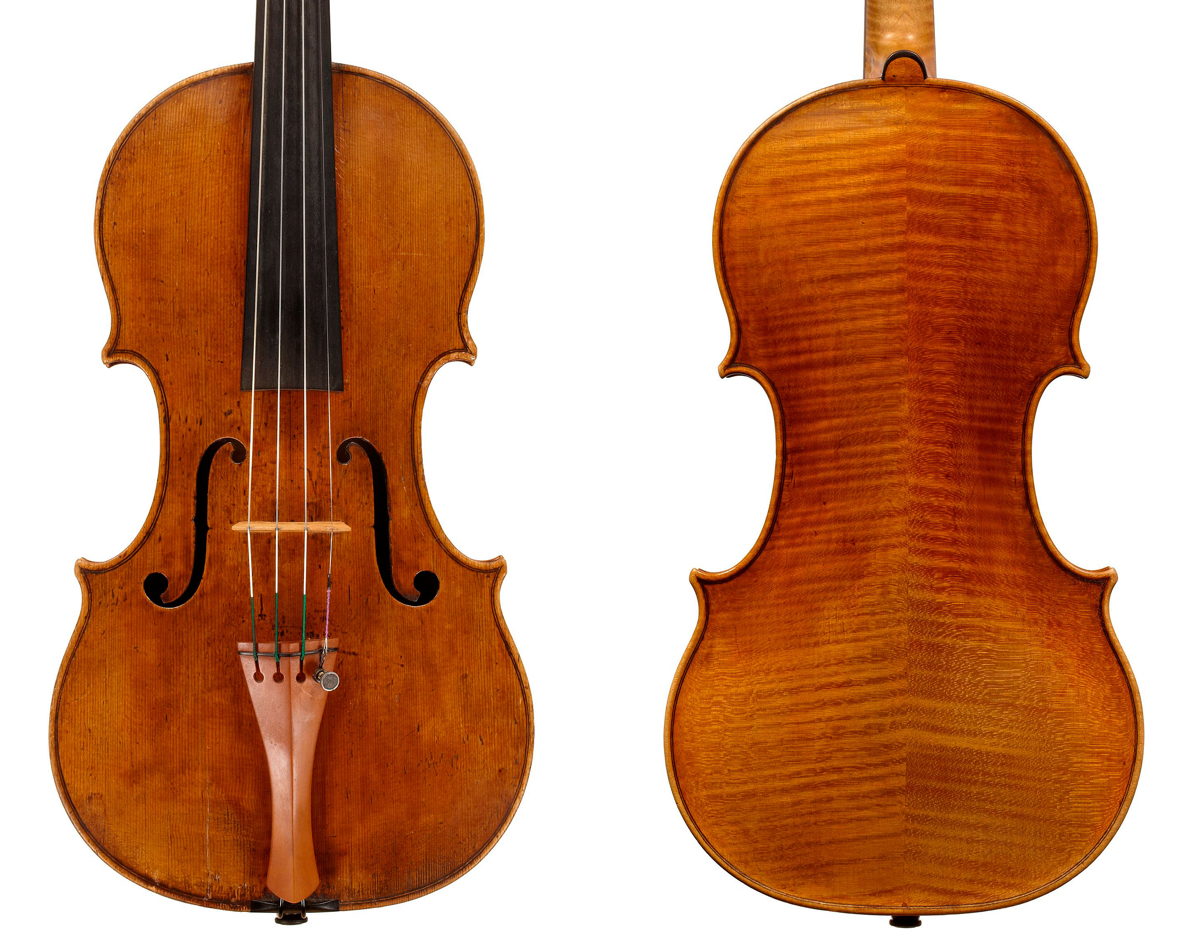The ‘Spagnoletti’ Amati of c. 1683 is named after the Italian violinist Paolo Ludovico della Diana (c. 1765–1834), who was nicknamed ‘Spagnoletti’. Spagnoletti entered the Naples Conservatory aged 12. He seems already to have been an accomplished performer, for in one popular anecdote the boy sightread his exam repertoire with the music upside-down! Later he became a court violinist in Spain, a seemingly natural placement given the Spanish court’s longstanding preference for Italian musicians. Upon his return to Italy, his colleagues dubbed him ‘lo Spagnoletto’ (the Little Spaniard), which later turned into ‘Spagnoletti’.
Around 1802 an Italian tenor named Vagnoni heard the violinist in Milan and was so impressed that he brought Spagnoletti to London. There he worked as assistant concertmaster and later concertmaster to the King’s Theatre Orchestra for over 30 years. He gained a reputation as a superb orchestral leader and Nicolò Paganini is said to have expressly requested that Spagnoletti be engaged as the concertmaster for all of his London performances in 1831. Spagnoletti is also acknowledged as one of the founding members of the Philharmonic Society of London.
When the Hills restored the violin in the early 20th century they discovered the name ‘Spagnoletti’ written on it. Alfred Hill wrote in 1915: ‘[this] obviously points to the fact that this instrument must have belonged to him’ although there is no other definite connection between the violin and Spagnoletti.
The ‘Spagnoletti’ Amati bears a label dated 1663 but is more accurately dated to roughly 20 years later. As with many late Amati workshop violins, it shows the collaboration of Nicolò’s son Girolamo II.
The ‘Spagnoletti’ Amati was sold by Tarisio Private Sales department in 2012.
Also see our feature on the life of Nicolò Amati by Carlo Chiesa.
